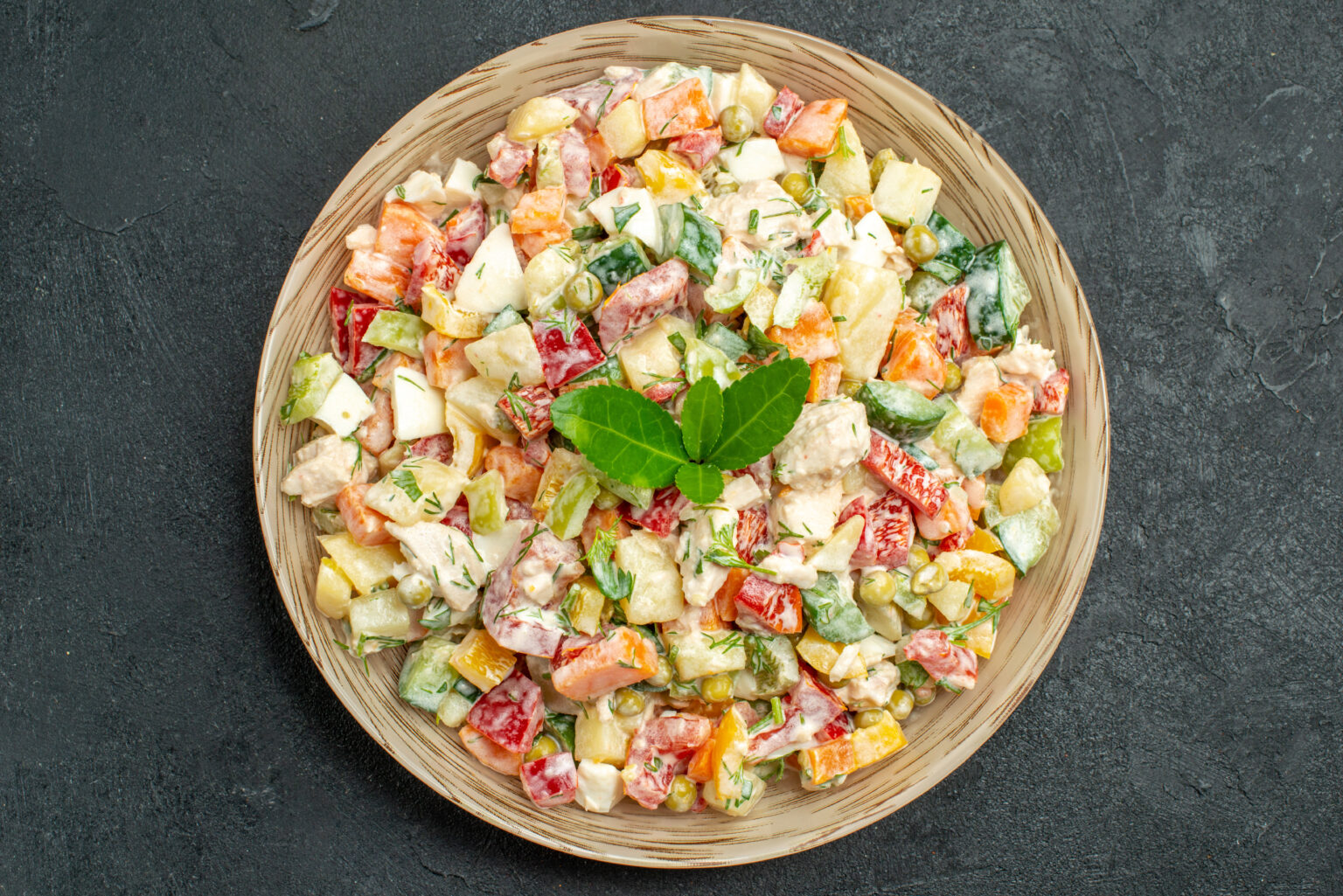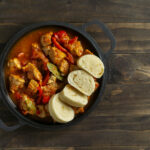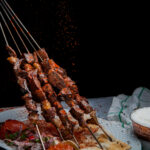Nestled in the Baltic region of Northern Europe, Estonia is a country with a fascinating culinary landscape that reflects its history, geography, and cultural influences. Estonian cuisine is characterized by a harmonious blend of traditional flavors, locally sourced ingredients, and a touch of Nordic inspiration. In this article, we will explore the top 10 most eaten foods in Estonia, offering a tantalizing journey through the country’s culinary delights.
- Kali: Kali, a mildly fermented beverage, holds a special place in Estonian cuisine. This dark, non-alcoholic drink is made from fermented rye bread and has a slightly sweet and tangy flavor. Kali is often enjoyed as a refreshing accompaniment to hearty meals.
- Mulgipuder: Mulgipuder is a beloved Estonian dish originating from the Mulgimaa region. It consists of mashed potatoes and barley groats cooked with bacon or pork fat for added flavor. Traditionally served with a dollop of sour cream, Mulgipuder offers a comforting taste of the Estonian countryside.
- Verivorst: Verivorst, or blood sausage, is a traditional Estonian delicacy typically consumed during Christmas time. It is made from a mixture of barley groats, blood, and various spices, encased in a sausage skin. Verivorst is often accompanied by sauerkraut, lingonberry jam, and other festive side dishes.
- Kama: Kama is a unique Estonian food that holds a special place in local cuisine. It is a finely ground mixture of roasted barley, rye, oat, and pea flour. Kama is typically mixed with sour milk or yogurt and sometimes sweetened with honey or sugar. It is a popular choice for breakfast or dessert.
- Vastlakukkel: Vastlakukkel, also known as Shrove Tuesday buns, are traditional sweet buns enjoyed during the festive season. These light, cardamom-flavored buns are filled with whipped cream or marzipan and dusted with powdered sugar. Vastlakukkel is a must-try treat that signifies the end of winter and the approach of spring.
- Kapsasupp: Kapsasupp, or cabbage soup, is a comforting and nourishing dish widely consumed in Estonia. This hearty soup is made with sauerkraut, pork, potatoes, carrots, and onions, creating a flavorful blend of ingredients. It is often enjoyed with a dollop of sour cream and a slice of freshly baked bread.
- Karask: Karask is a traditional Estonian bread that has been enjoyed for centuries. This unleavened bread is made from a mixture of barley or rye flour, buttermilk, and baking powder. Karask has a dense and slightly sweet flavor, making it a popular accompaniment to soups or enjoyed on its own.
- Rosolje: Rosolje is a classic Estonian salad that combines diced boiled potatoes, beetroot, herring, and pickles. It is dressed with sour cream or mayonnaise, creating a refreshing and tangy salad. Rosolje is often served as a side dish during festive occasions and is a favorite among Estonians.
- Silgusoust: Silgusoust, or Baltic herring soup, is a traditional Estonian seafood dish. It is made with fresh or pickled herring, potatoes, onions, and a flavorful broth. Silgusoust is enjoyed for its rich taste and is often accompanied by dark rye bread.
- Leivasupp: Leivasupp, or bread soup, is a popular Estonian dessert made from stale bread, milk, sugar, and a hint of cinnamon. It is served cold and sometimes garnished with berries or whipped cream. Leivasupp offers a delightful combination of textures and flavors, making it a comforting sweet treat.
Estonian cuisine delights in its simplicity, rich flavors, and reliance on locally sourced ingredients. The top 10 most eaten foods in Estonia provide a glimpse into the country’s culinary heritage, showcasing a diverse range of traditional dishes. From the heartwarming Mulgipuder to the festive Verivorst and the sweet indulgence of Vastlakukkel, exploring Estonian cuisine is sure to leave your taste buds satisfied and curious for more.








